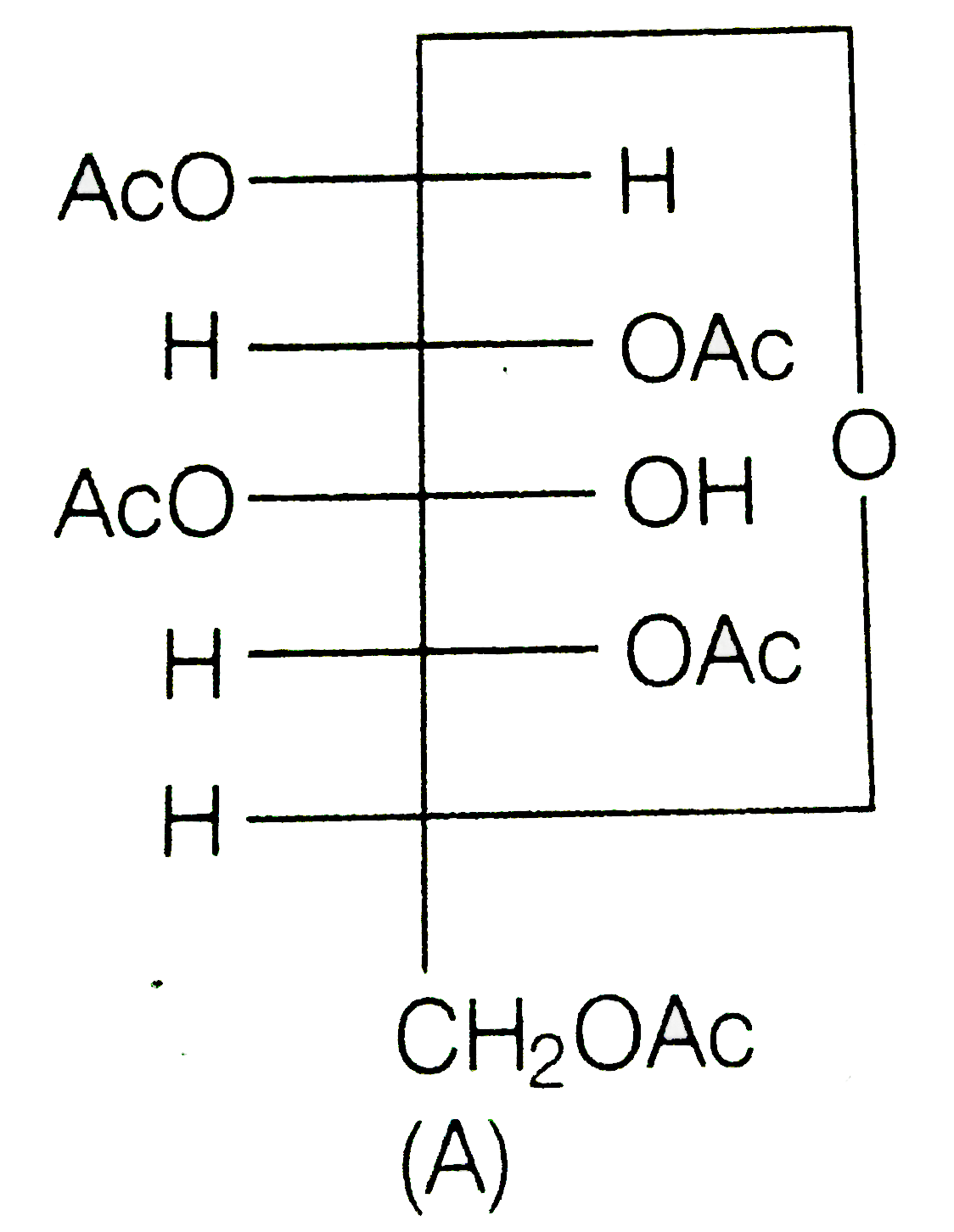Xe readily forms compounds but Kr does not form compounds easily. Why?
To understand why xenon (Xe) readily forms compounds while krypton (Kr) does not, we can break down the explanation into several key points:
1. Understanding Noble Gases:
- Noble gases are located in Group 18 of the periodic table and include helium (He), neon (Ne), argon (Ar), krypton (Kr), and xenon (Xe).
- They are known for their lack of reactivity due to having a complete valence shell.
2. Trends in the Group:
- As we move down the group from helium to xenon, the atomic size increases. This is due to the addition of electron shells.
3. Force of Attraction:
- With the increase in atomic size, the distance between the nucleus and the outermost electrons also increases.
- This results in a decrease in the effective nuclear charge felt by the outermost electrons, leading to a weaker force of attraction on these electrons.
4. Reactivity of Xenon:
- Xenon has a larger atomic size compared to krypton, which means the outer electrons are held less tightly.
- This weaker attraction allows xenon to lose its outer electrons more easily, making it more reactive.
5. Ionization Energy:
- Ionization energy is the energy required to remove an electron from an atom.
- As we move down the group, the ionization energy decreases. Therefore, xenon has a lower ionization energy compared to krypton.
- The lower ionization energy of xenon facilitates the formation of compounds, as it can more readily lose electrons.
6. Conclusion:
- Due to its larger size and lower ionization energy, xenon is more reactive and can readily form compounds.
- In contrast, krypton, being smaller and having a higher ionization energy, does not form compounds easily.
Final Answer:
Xenon readily forms compounds due to its larger atomic size and lower ionization energy, which allows it to lose electrons more easily. In contrast, krypton does not form compounds easily because it has a smaller atomic size and higher ionization energy, resulting in a stronger attraction of its outermost electrons.
- Noble gases are located in Group 18 of the periodic table and include helium (He), neon (Ne), argon (Ar), krypton (Kr), and xenon (Xe).
- They are known for their lack of reactivity due to having a complete valence shell.
- As we move down the group from helium to xenon, the atomic size increases. This is due to the addition of electron shells.
- With the increase in atomic size, the distance between the nucleus and the outermost electrons also increases.
- This results in a decrease in the effective nuclear charge felt by the outermost electrons, leading to a weaker force of attraction on these electrons.
- Xenon has a larger atomic size compared to krypton, which means the outer electrons are held less tightly.
- This weaker attraction allows xenon to lose its outer electrons more easily, making it more reactive.
- Ionization energy is the energy required to remove an electron from an atom.
- As we move down the group, the ionization energy decreases. Therefore, xenon has a lower ionization energy compared to krypton.
- The lower ionization energy of xenon facilitates the formation of compounds, as it can more readily lose electrons.
- Due to its larger size and lower ionization energy, xenon is more reactive and can readily form compounds.
- In contrast, krypton, being smaller and having a higher ionization energy, does not form compounds easily.
Xenon readily forms compounds due to its larger atomic size and lower ionization energy, which allows it to lose electrons more easily. In contrast, krypton does not form compounds easily because it has a smaller atomic size and higher ionization energy, resulting in a stronger attraction of its outermost electrons.
Topper's Solved these Questions
- P-BLOCK ELEMENTSBOOK - ICSECHAPTER - P-BLOCK ELEMENTSEXERCISE - EXERCISE (PART-II)(DESCRIPTIVE QUESTIONS)(SHORT ANSWER QUESTIONS)
67 Videos
- P-BLOCK ELEMENTSBOOK - ICSECHAPTER - P-BLOCK ELEMENTSEXERCISE - EXERCISE (PART-II)(DESCRIPTIVE QUESTIONS)(LONG ANSWER QUESTIONS)
65 Videos
- P-BLOCK ELEMENTSBOOK - ICSECHAPTER - P-BLOCK ELEMENTSEXERCISE - EXERCISE (PART-I)(MATCH THE FOLLOWING)
1 Video
- ORGANIC COMPOUNDS CONTAINING NITROGENBOOK - ICSECHAPTER - ORGANIC COMPOUNDS CONTAINING NITROGENEXERCISE - ISC EXAMINATION QUESTIONS ( PART-II DESCRIPTIVE QUESTIONS)
33 Videos
- POLYMERS BOOK - ICSECHAPTER - POLYMERS EXERCISE - ISC EXAMINATION QUESTIONS
10 Videos
Similar Questions
Knowledge Check
Reaction between two compounds to form a new compound.
AcombinationBdecompositionCsingle displacementDdouble displacement
Carbon forms ____compounds whereas lead forms _____ compounds.
View SolutionGive reasons for each of the following:
Noble gases do not form compounds readily.
View SolutionWhy He, Ne and Ar do not form compounds while Xe does?
View SolutionWhy does compound (A) given below not forman oxime?

View SolutionWhy nitrogen does not form penthalides?
View SolutionNo compounds of Kr and Xe are known.
View SolutionWhy helium and neon not form any compounds?
View Solution